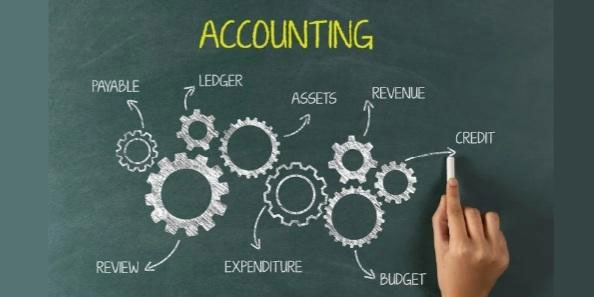How good is your eyesight? It's becoming more difficult since banknotes have been designed with more security measures to foil more skilled counterfeiters. Even yet, there are several telltale symptoms of forged currency and a slew of tools to help you avoid being a victim of fraud.
Counterfeiting: How Serious of a Problem Is It?
International visitors and central bankers utilize and store American dollars because they are the world's most widely accepted currency. About half of all dollars in circulation will be stored outside the United States, according to the Federal Reserve's projections for March 2021. But the greenback's appeal comes at a price since it is one of the most often counterfeited currencies.
U.S. Currency Security Features

To see the development of U.S. currency, open your wallet. Each denomination has a slightly different security feature, ranging from a $1 note design that hasn't changed in over 60 years to a $100 bill with all the bells of current security precautions. Combining your senses of touch and sight, as well as other detecting technologies, may help you determine whether or not a bill is authentic. Let's have a look at what to look for on the bills.
$1 Bill
There are no plans to redesign the dollar, as there haven't been since 1963. Because there are few counterfeiters interested in it—not enough value for the money. 5 It's possible to verify that a bill is genuine by looking for various security features and marks. Firstly, the paper Has small red and blue security fibers interwoven throughout all U.S. banknotes produced from a combination of linen and cotton. The black seal of whichever of the twelve regional Federal Reserve banks in the Federal Reserve System is in charge of dispersing the bill flanks Washington on Washington's left side. There's a seal of the United States Treasury on the right.
$5 bill

Because of its new design in 2008, the $5 note has more advanced security measures than the dollar bill, including a security thread that can only be seen under UV light. This design exudes history with Abraham Lincoln on the front and the Lincoln Memorial in the back. Compared to the original greenback, banknotes $5 and up are more visually appealing, with a light purple center on the $5 bill that fades to grey at the borders. Watermarks are another new feature of these larger denomination bills, which can be seen from both the front and back of the note when held up to a light source.
$10 bill
It contains the same security features as the $5 note, plus some new color-shifting capabilities introduced in 2006. The seals, serial numbers, and other images on this note are identical to those on the $5 bill, except for the front and reverse images, which depict Alexander Hamilton and the U.S. Treasury Building, respectively. These three colors may be seen on the $10 note. The bill's watermark, visible when held up to the light, depicts a lighter version of Hamilton on the right front. Under UV light, the phrase "USA TEN" glows orange on the security thread that runs vertically close to the right of the main Hamilton picture.
$20 Bill
Similar to the $10 bill's security features, a new design for the $20 note appeared in 2003. On the front, we see Andrew Jackson; on the reverse, we see the White House. Despite the green and peach color scheme, the seals and serial numbers resemble those on a $10 bill. 10 USA20 is micro-printed on the right of Jackson's image, with "TWENTY USA" written in blue capital letters on the right side of Jackson's portrait.
$50 Bill
In 2004, a new $50 note was released that included design cues from the previous $10 and $20 bills. With a depiction of President Grant on the front and the U.S. Capitol on the back, The red and blue of the bill's backdrop lends a festive feel. 11 Some of the blue stars on the left front include micro printing that reads "FIFTY," "USA," and "50."With a magnifying glass in Grant's collar, "THE UNITED STATES OF AMERICA" may be written in tiny letters inside the bill's borders on each side. The words "USA 50" appear in yellow under ultraviolet light in a security thread running vertically to the right of Grant's image.
$100 Bill
As a result of its popularity as a forgery target, the $100 note underwent a security feature upgrade in 2013. Three-dimensional ribbons embedded in the paper, such as this one, have pictures of bells and the number 100 that appear to move as you tilt the bill. To the left of the color-changing 100 on the front, there's a bell in a copper-colored inkwell that appears to disappear when tilted.
watch next


